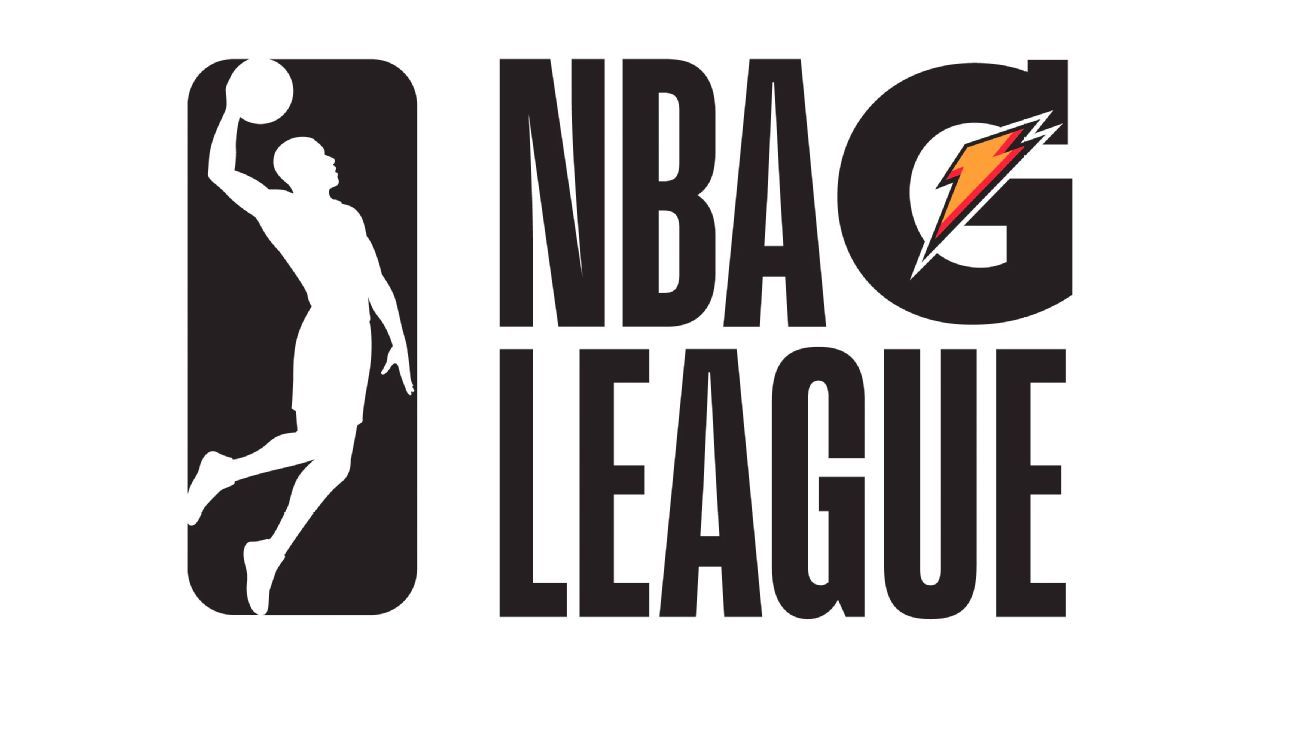
The NBA G League is experimenting this season with a new rule under which trips to the free throw line will include only a single foul shot that will be worth one, two or three points depending on the nature of the foul leading to the attempt, officials told ESPN.
It marks the latest move -- in both the G League and the NBA -- to improve game flow and reduce the length of games. Officials estimate that moving to a "one foul shot for all the points" model will shave between six and eight minutes off each G League game, said Brad Walker, head of basketball operations for the league.
The average G League game clocked in at about 2 hours, 5 minutes last season, Walker said. This move could take that average below the two-hour barrier, a clean broadcast window that has been in the minds of league officials for years.
The G League will revert to traditional free throw rules for the final two minutes of regulation and overtime, officials said. Shooting fouls on made baskets -- and-1s -- will proceed the same way, with the shooter attempting one free throw worth one point.
The NBA's competition committee has discussed the concept in recent meetings, and league officials brought it up to NBA head coaches at their annual preseason gathering in Chicago earlier this month, officials said.
The G League has pondered the concept for years, but in the past, it did not appear to have enough momentum for passage. Some within the league raised concerns about the decrease in on-court rest time for players, though coaches could mitigate that with more frequent substitutions.
The league has already reduced timeout lengths -- a move that shaved about four minutes off game times -- and did not hear any pushback about the impact on in-game rest, Walker said.
"We don't know how big of a deal it will be at the G League level until we try it," Walker said.
Officials also worried about deviating from historical statistical standards, according to reporting in 2014 from ESPN's Kevin Arnovitz. The NBA then brandished evidence showing players shoot more accurately on the second and third attempts of any trip to the line, a finding that has held across other independent studies. Logic follows that moving to a one-shot rule would result in an overall decrease in league-wide free throw accuracy. The raw number of attempts would obviously drop sharply.
"We might hear some blowback on that," Walker said, "but I think [the change] is going to be great for game flow."
Others wondered how the one-shot rule might change the way trailing teams approach late-game fouling -- and whether it would increase or decrease the likelihood of dramatic comebacks.
Trailing teams foul on purpose to stop the clock. The one-shot rule bumps up the likelihood of those fouls resulting in zero points -- a boon for comebacks. But it also eliminates the 1-of-2 splits that provide trailing teams some hope. Overall, the rule probably adds more variance to game outcomes.
Walker said the G League worried the lure of those empty trips might push trailing teams to start intentionally fouling earlier. That led to the decision to revert to traditional free throw rules in the final two minutes, he said.
"We don't want to incentivize fouling," Walker said.
The G League contemplated moving back to traditional free throw rules even earlier -- with five minutes remaining or even for the entire fourth quarter, Walker said.
The NBA has taken several measures over the past half-decade to improve game flow: reducing total combined timeouts from 18 to 14 in 2017, mandating teams return to the floor after timeouts in a timely fashion, and punishing so-called "Hack-a-Shaq" fouls and intentional fouls committed away from the play more harshly across larger chunks of games.
The G League has taken additional steps, including trying to limit so-called "transition take fouls" -- basically wrap-ups of ball handlers that stop fast breaks but do not qualify as clear-path fouls -- by awarding the fouled team one free throw and possession. The G League has also used a coach's challenge in recent seasons, and the NBA will implement one for the first time this season -- a change that could add replay breaks into crunch time.
The one-shot free throw rule will be evaluated at the end of the season, with the G League deciding whether to go forward with it in 2020-21 and potentially beyond, officials said.















 Phone: (800) 737. 6040
Phone: (800) 737. 6040 Fax: (800) 825 5558
Fax: (800) 825 5558 Website:
Website:  Email:
Email: 






